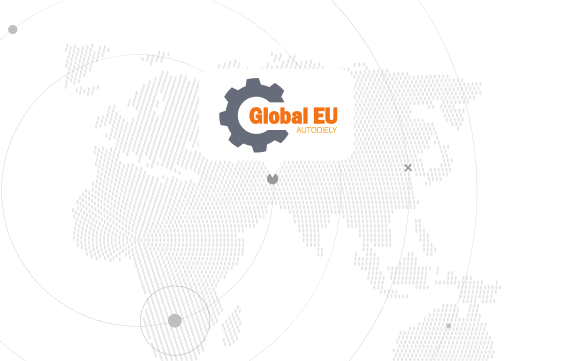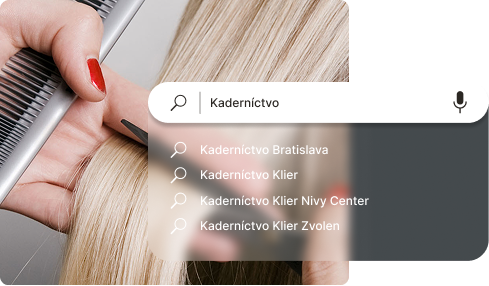Client
The company approached us with a non-standard request: How to sell products that number several hundred thousand, but only one piece each, through Google?
- Client Global EU
- Date 07/2024 – 06/2024
- Services Marketing strategy, PPC, technical SEO
- Website globaleu.sk
Assignment
GlobalEU, after growing success in Slovakia, wanted to gain its share in foreign markets as well. However, he sees a problem in the fact that each product is in stock just 1 time and after it is sold, there is no more of the same, which greatly complicates the optimization of sales.
The problem
Each product is in stock just 1 time and after it is sold, there is no more of the same, which complicates sales optimization considerably. There is no point in SEO per product, no matching per EAN code, advertising tools can’t optimize for product sales because every one sold is lost from their database. At the same time, there are more than 500,000 products in the database, and with varying margins.
Solution
In these conditions, it is not possible to rely on the automated sales optimization tools of Facebook or Google. It was clear from the beginning that the right path would have to be found gradually.
We chose Google Ads as our main tool, as it can achieve incomparable performance on product search.
Google PLA Campaigns (Google Shopping) is an ideal channel, despite the obstacles:
- Shopping campaigns work best if we provide as many parameters as possible in the XML feed. Especially the EAN code, which used spare parts do not have.
- Sales optimization uses well-selling products to offer to other customers. But if each product disappears from the offer after the sale, optimization has a problem. Big problem.
- In order to display 500,000 products in search, a budget of tens of thousands of euros per month would be needed. Per market.
As the expected obstacles were clear, the strategy was set directly and without unnecessary theorising:
- We run the entire feed and evaluate the sales results
- Evaluate the results of the product categories
- Evaluate how the AI handled the situation
Already the first months of sales in foreign markets have shot above targets. Automation on maximising clicks exceeded our expectations:
- Thanks to the huge number of products, Google could feed the cheapest clicks at a price below 0,01€
- The products sold very well due to their price.
- Many customers were surprised to find that spare parts are used, therefore the average conversion rate is lower than the standard. However, this is offset by the high interest causing the low cost per click
- The achieved PNO is 6-9%
We have started to optimise
Surprisingly, the product campaigns did very well with product placement, but several problems were revealed:
- The names of some products started with the name of the vehicle and not the name of the part and therefore appeared in the shortened view to be selling whole vehicles for ridiculous amounts, which attracted an extreme number of unnecessary clicks.
- In addition, the pictures of some products were pictures of adjacent vehicles, which confused customers even more
- Confused products began to reach tens of thousands of views and clicks without a sale. This is where AI optimization was failing miserably.
- The optimization still didn’t have enough data because all popular products disappeared from the offer after the sale.
Sales Campaign Optimization Solution
We fixed the basic data deficiencies in the feed with the client, but we found that the best selling products are the ones that are displayed the least number of times before they sell. However, Google’s automation preferred clicks (because of the strategy we set up) and thousands of impressions were occurring.
We solved it simply: we scripted off products that reached more than 50 views and didn’t sell. Logically, if they sold, they would stop being displayed.
This strategy has helped increase visitor relevance.
However, we still had a few hundred thousand products that were not showing up due to low budgets. We decided to test a change in strategy – from getting clicks to getting orders. We anticipated that missing data after a specific product sale would be a problem for automation, and it quickly became apparent.
We asked the client to modify the behaviour of the e-shop – if the product is sold, it is not deleted from the shop, but marked as unavailable. Google Shopping won’t promote it further, but information about its success for algorithms will remain.
However, automation did not bring significant results, so we decided to return to the strategy of maximizing clicks, which with the new setup of sold products brought another significant growth in sales.
Result
This strategy is gradually being applied to other markets, and today Global EU is a subsidiary for used spare parts in the Czech Republic, Hungary, Germany, Austria, Italy, Croatia and France.
The Eshop has achieved 5 consecutive years of year-on-year growth ranging from 20% to 200%, partly depending on the number of new markets we engage and optimize.
By the way: did you know that on Globaleu.sk you can buy an almost new spare part for your vehicle for 20% of its original price?


